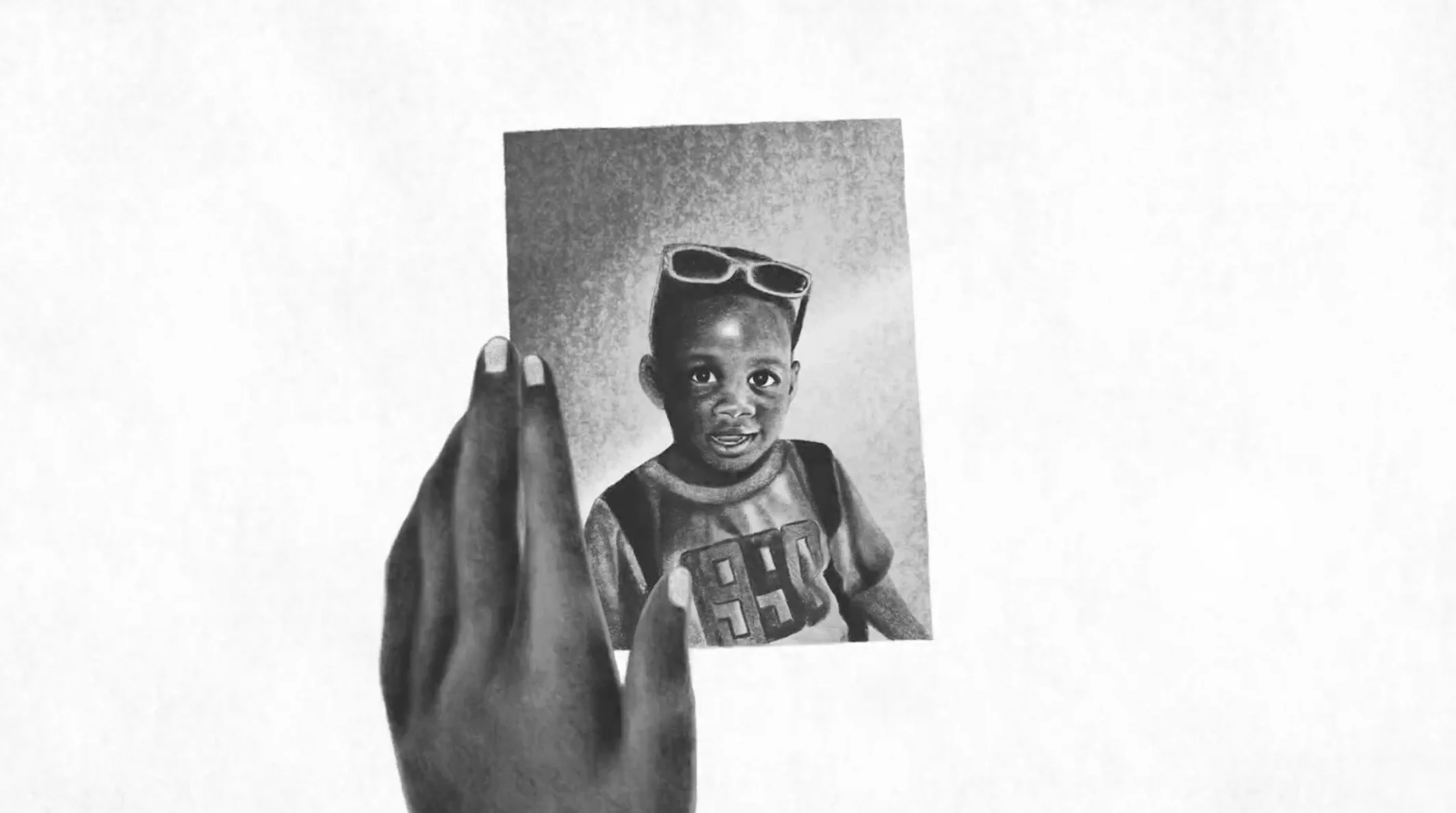Talking Heads: Interview with Vikky Alexander
/This winter, The Cinematheque is hosting Traces That Resemble Us, a screening series and art exhibition that explores art and cinema in Vancouver. SAD Mag’s Helen Wong caught up with acclaimed Canadian artist Vikky Alexander to discuss architecture, photography, and “revenge.”
SAD Mag: Why did you choose the film Playtime for Traces That Resemble Us?
VA: My interest in Playtime comes from its satirical perspective on architecture. I like to think that is a film about architecture’s “revenge”. In the first part, the uniformity and perceived inhumanity of International Style architecture is identified in the complete confusion it causes for the protagonist, who cannot find or connect with the bureaucrat he’s looking for because of the office building’s unkind intervention. At an International Trade Fair, a group of American tourists are only allowed to peep at the historic city of Paris through reflection in portions of glass-curtain walls, which the monuments seem to literally slip off. When Hulot goes to meet a friend for an evening, he is confounded by the entrance to the apartment. He can see his friend and family from the street through the floor-to-ceiling window, but cannot figure out how to access them, and when he leaves, he cannot exit the main door. Finally, on the opening night of a chic restaurant, the room, furniture, food and costumes literally self-destruct in front of us. The more ruinous the interior, the more fun for all.
SM: How does your piece currently on display at Monte Clark Gallery use aspects of the film? What is the importance of reflection?
VA: My piece at the Monte Clark Gallery is a photograph of a shop window that I took in Istanbul a couple of years ago. The shop was one of many on a street that specialized in decorative furniture and objects for the home. I really liked how the shop window was like a pristine stage set that was untouchable because of the pane of glass in front of it. And yet the reflections on the window literally superimposed the life of the street into the virtual ‘home.’
SM: Do you often reference architecture in your works?
VA: I often reference architecture in my photographic, collage, and sculptural works. I am particularly attracted to utopian projects and have documented places like the West Edmonton Mall (Alberta), Disneyland (California), Las Vegas (Nevada), Vaux le Vicomte (France) and the Palm House in Kew Gardens (London). I see these projects as fantastic, fascinating, and flawed.
SM: What do you think of the term “environmental determinism”? Do you think that our thoughts and behaviours are influenced by the built environment?
VA: The film I chose, Playtime, makes a mockery of environmental determinism, I think. It seems to prove that regardless of architectural and environmental restrictions, human nature will triumph, and the film demonstrates that with humor.
SM: Most of your works reflect on the notion of utopia, how do you aim to situate the viewer within this space?
VA: I think all of us, either on a small (domestic) or large scale, construct and design our own utopias, and yet they are flawed because it’s human nature to want something better…better sofa, better house. And the minute you get that better sofa, guess what, you want the one that’s even better than that one.
SM: How do you work to achieve a self-reflexive nature through the recontextualization and reconstruction of appropriated images?
VA: In my early work (1980’s), I appropriated images from the editorial sections of European fashion magazines, cropped and enlarged them and reframed them. All text was eliminated. When I reframed them, I added a large black overmat, which functioned as a sort of black mirror when glass (for the frame) was placed on top. In this way the reflection of the everyday viewer was superimposed on top of the utopian fashion models. These works are similar to my more recent photographs of showrooms in Paris, Istanbul, and Tokyo. Quite often the passerby on the street is superimposed on the luxury objects in the shop windows.
SM: Vancouver has a distinct history of art and film, how do you see this reiterated in contemporary art?
VA: I’ve always seen Vancouver as having a very particular photographic history and I’ve always felt that photographers have a close relationship to the cinema, originally because of they were both film mediums, I guess. But for some reason (maybe because Vancouver is so “photogenic”) I find it difficult to photograph here. Maybe because we have so much soft light, due to the climate.
SM: What is your favourite building and why?
VA: It’s difficult to pick a favorite building, as I have so many, but one really spectacular building is the Beinecke Rare Book and Manuscript Library in New Haven Connecticut designed by Gordon Bunschaft in 1963. It belongs to Yale University and the exterior walls are gridded marble panels, so that when you are inside on a sunny day and the light shines through the veins in the panels the whole building seems to be on fire. It’s amazing.
The Traces That Resemble Us art exhibit runs at Monte Clark Gallery until January 30. Monte Clark Gallery is located at 105 – 525 Great Northern Way, Vancouver. More information at monteclarkgallery.com.
Talking Heads is an interview column devoted to contemporary arts and culture in Vancouver. Look out for more of Helen Wong’s interviews on sadmag.ca.






